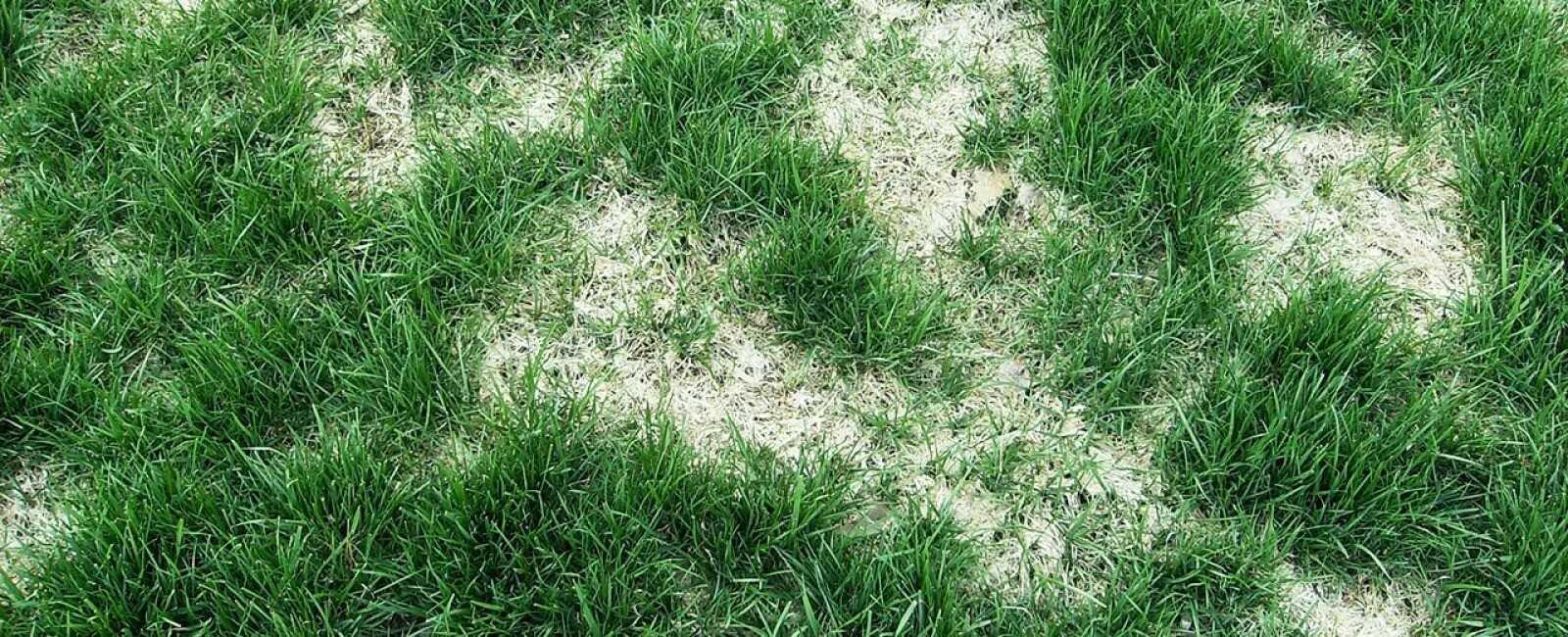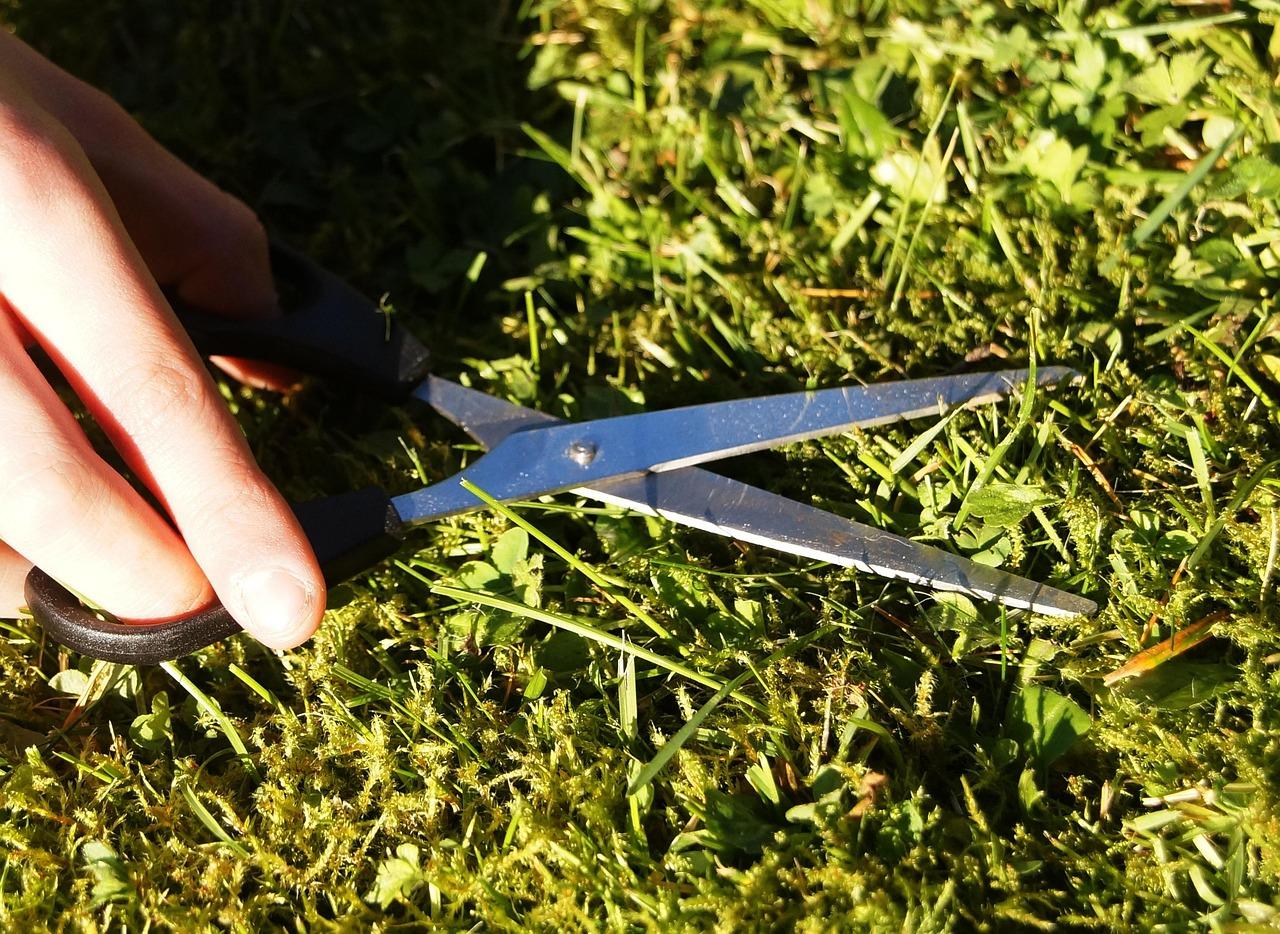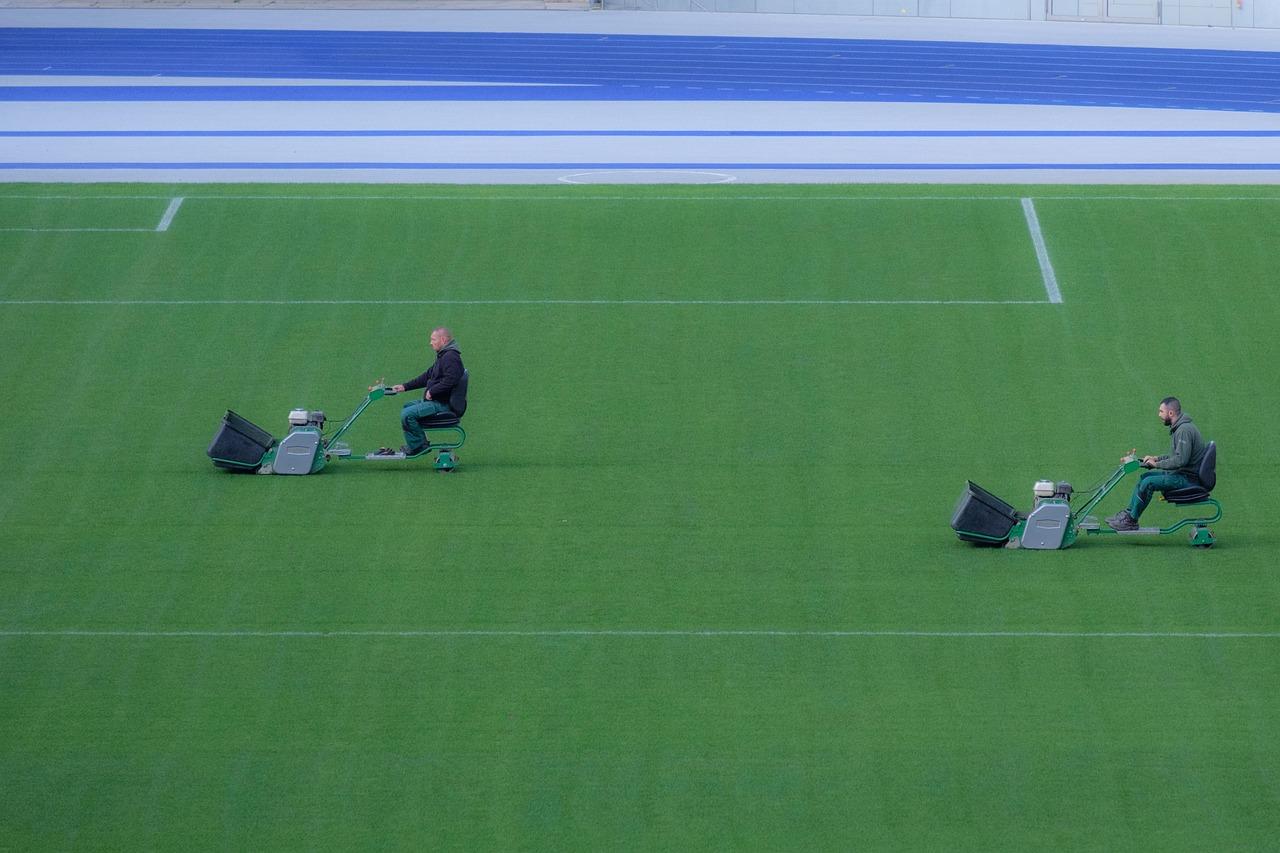As the rhythm of nature orchestrates our gardens, homeowners often find themselves grappling with an age-old question: is it better to mow the lawn before or after it rains? The answer is not as straightforward as one might hope, as it intertwines with various factors, from lawn health to time management. In this expert guide, we will explore the pros and cons of mowing in both scenarios, diving into how soil conditions, grass growth, and weather patterns can influence your mowing schedule. Whether you’re a seasoned landscaping enthusiast or a newcomer to lawn care, understanding the nuances of rain and mowing can lead to a healthier, more vibrant green space. Join us as we break down the science and art of lawn maintenance, helping you determine the best approach for your leafy domain.
Understanding the Impact of Moisture on Grass Health
Moisture plays a crucial role in maintaining the overall health of grass, influencing everything from growth rates to disease susceptibility. Grass requires an optimal amount of water to thrive, and excess moisture can lead to a myriad of issues. When grass is saturated, it can become weak and more prone to pests and disease. This is especially true in densely planted areas where air circulation is limited, creating a perfect surroundings for fungal infections.
Here are some key factors to consider when assessing how moisture affects grass health:
- Soil Drainage: Well-drained soil can handle excess rain without creating waterlogged conditions, promoting healthier root growth.
- Grass Type: Different species of grass have varying tolerances to moisture; as an example, bermuda grass thrives in sunny, dry conditions, while fescue is more tolerant of moisture.
- Cutting height: Maintaining the right mowing height allows grass to develop deeper roots, which can help it withstand fluctuations in moisture levels.
To better understand the relationship between moisture and grass health, consider the following benefits of proper water management:
| Benefit | Description |
|---|---|
| Enhanced Growth | Controlled moisture levels encourage robust growth and vibrant color. |
| Reduced Disease Risk | Proper moisture management minimizes the conditions that favor fungal diseases. |
| Improved Resilience | Healthy grass with appropriate moisture levels is more resilient to drought and environmental stressors. |

Timing Your Mow for Optimal Lawn Appearance
Timing is everything when it comes to achieving a lush and beautifully manicured lawn. One crucial factor to consider is how the timing of your mowing aligns with weather conditions, especially rainfall. Mowing your lawn shortly before a rain can actually be beneficial, as the moisture helps cool the grass and reduces stress. Furthermore, cutting grass when it’s slightly moist can help create finer clippings, which break down quickly and provide nutrients back to the soil. Though, it’s essential to avoid mowing when the grass is excessively wet, as this can lead to clumping and uneven cuts.
On the other hand, mowing after a rain has its own set of advantages and disadvantages. Drying out after a shower can result in a fresh and clean look, with the grass blades standing tall and vibrant. However, if the ground is too soft, it can lead to tire ruts and further compaction in the soil. For the healthiest lawn appearance, it’s best to wait until the grass is dry but not stressed.Finding that sweet spot post-rain can be key—optimal mowing often occurs when the grass is thirsty but not drooping.
To make the most of your mowing schedule, consider these tips for both pre- and post-rain mowing:
- Check the Weather: Look for weather updates to anticipate rain and plan accordingly.
- Observe Grass Conditions: Monitor your lawn’s moisture level; it should feel lightly damp, not soggy.
- Set a Routine: Establish a mowing schedule based on seasonal rainfall patterns for consistent results.

Expert Tips for Safe Mowing in Wet Conditions
mowing the lawn in wet conditions can pose several challenges, but with the right strategies, you can ensure safety and maintain your lawn without compromising your equipment. Here are some expert tips to keep in mind:
- Choose the Right Equipment: consider using a mower with a robust grip and larger wheels that provide better traction. This helps prevent slipping and ensures stability while mowing.
- Be Mindful of Your footwear: Invest in waterproof, slip-resistant footwear to maintain safety. Proper footwear can provide traction and reduce the risk of falls.
- Mow Slowly and Steadily: Take your time mowing to avoid skidding. Gentle,consistent movement allows you to maintain control over the equipment.
Another essential aspect is adjusting your mowing technique when the ground is wet. Taking a few precautionary measures can help you navigate the conditions more effectively:
- avoid Scalping: Keep your mower blade height higher to prevent scalping the grass, which can lead to turf damage in wet conditions.
- Trim in Smaller Sections: If your yard is particularly large or uneven, consider mowing in smaller sections. This makes it easier to manage any slippery areas and keeps your progress steady.
- Leave Grass Clippings: rather than collecting clippings, leave them on the lawn to help retain moisture and nutrients in the soil.
always check the weather conditions and the state of your lawn before mowing. Wet grass can lead to uneven cutting and may compact the soil,affecting root health. Here’s a simple guideline for assessing lawn conditions:
| Condition | Recommended Action |
|---|---|
| Grass visibly wet, puddles present | Postpone mowing |
| Slightly damp grass | Consider mowing cautiously |
| Dry with no prior rain | Safe to mow |

Preparing Your Lawn Care Routine Around Rainy Days
When planning your lawn care routine, it’s essential to consider the impact of rainfall on your lawn’s health and appearance. Understanding the timing of mowing around rainy days can help you maximize your effort and ensure a beautiful landscape. Generally, it’s best to avoid mowing when the grass is wet, as this can lead to uneven cuts and clumping. Rather, focus on these strategies:
- Mow before a critically important rainfall to ensure the grass is at an optimal length, allowing it to recover quickly.
- Monitor local weather forecasts for rain predictions, providing you with a better idea of when to schedule your mowing.
- Choose the right height for your mower blades prior to rainy periods to promote healthy growth and minimize weeds.
Another aspect to retain optimal lawn care during rainy periods is understanding the soil conditions. Wet soil can become compacted, leading to detrimental effects on root health. Consider the following tips to maintain a healthy lawn while adapting to the weather:
- Delay mowing until the grass dries adequately after a rainfall to maintain turf quality.
- Assess soil moisture levels; if you find your yard is muddy,it’s better to postpone lawn activities.
- Accept variations in mowing schedule during rainy seasons—it’s better to adjust than to rush and risk damage.
To complement your lawn care decisions, it’s prudent to evaluate your lawn’s needs based on recent weather patterns. Below is a simple checklist to help you navigate grass maintenance during fluctuating rain levels:
| Condition | action |
|---|---|
| Wet Grass | Postpone Mowing |
| Dry Grass | Mow Normally |
| Soil Moisture High | Avoid Heavy Equipment |
| Upcoming Rain | Mow Ahead of Time |
Q&A
Q&A: Is It Better to Mow Before or After It Rains? Expert Guide
Q1: Is it advisable to mow the lawn before it rains?
A1: Mowing before rain can be advantageous if your lawn is overgrown and needs immediate attention. However, doing so right before a heavy rainstorm can be counterproductive; the moisture can make the grass soggy, leading to uneven cuts and possible clumping, which can smother the grass. Ideally, mowing a day or two before light rain allows you to trim the grass without the risk of getting stuck in muddy conditions.
Q2: What are the advantages of mowing after it rains?
A2: Mowing after a light rain can help because the moisture makes the grass softer, allowing for a cleaner cut. additionally, wet grass can be easier to mow because it bends slightly under the weight of the mower, reducing the chances of scalping. Though,be cautious with mowing immediately after heavy rain,as the ground might potentially be too muddy and compact,risking damage to your lawn.
Q3: Are there any risks associated with mowing wet grass?
A3: Yes, mowing wet grass poses a few risks. Wet grass can clump together, causing the mower to clog and leaving uneven patches on your lawn. Furthermore, mowing on soggy ground can lead to soil compaction, which inhibits root growth.It can also be slippery and risky for the person mowing.
Q4: How soon after rain can I mow my lawn?
A4: As a general rule, it’s best to wait until the grass is dry to the touch. This can take anywhere from a few hours to a day, depending on the amounts of rain and the humidity levels. Aim for a dry, sunny day if possible. A rapid check by stepping onto the grass—if it leaves footprints, it’s best to wait a bit longer.
Q5: How does mowing height play into this decision?
A5: The height at which you mow your grass can significantly affect its health and resilience during and after rain. Taller grass can withstand wet conditions better as its roots remain insulated and protected. Conversely, mowing too short can expose the soil and roots, leading to possible erosion and damage during heavy rain. Keeping your mower blades sharp and adjusting the height appropriately can help nonetheless of whether you mow before or after rainfall.
Q6: Do different types of grass react differently to mowing before or after rain?
A6: Yes, various grass types react uniquely to mowing under wet conditions. As an example, fescue and ryegrass can withstand mowing when slightly wet better than Bermuda grass, which tends to clog and mat easier when wet. Understanding the specific needs and recovery patterns of your grass type can help you make better decisions on when to mow.
Q7: What’s the bottom line on mowing and rain?
A7: There is no one-size-fits-all answer. The ideal timing depends on current weather conditions, the type of grass, and the lawn’s overall health. For best results,aim to mow when the grass is dry and the soil is firm,whether that’s preceding a rain or following a light shower. Just remember, patience is key—a little waiting can lead to a much healthier and lush lawn.
The way Forward
the age-old debate of whether to mow before or after the rain delves into various factors that impact both your lawn and your mowing experience. From moisture levels to grass health, understanding these nuances can significantly enhance the outcome of your mowing efforts. Whether you’re hoping to achieve the perfect cut or simply maintain your outdoor oasis, timing is everything. the next time clouds gather or a drizzle falls, remember to consider the unique conditions of your lawn and the insights shared in this guide. With a little thought and planning, you can ensure that your turf remains lush and inviting, no matter the weather. Happy mowing!
